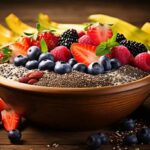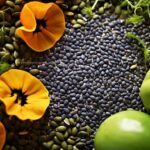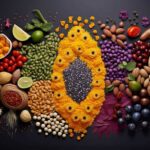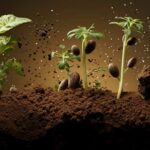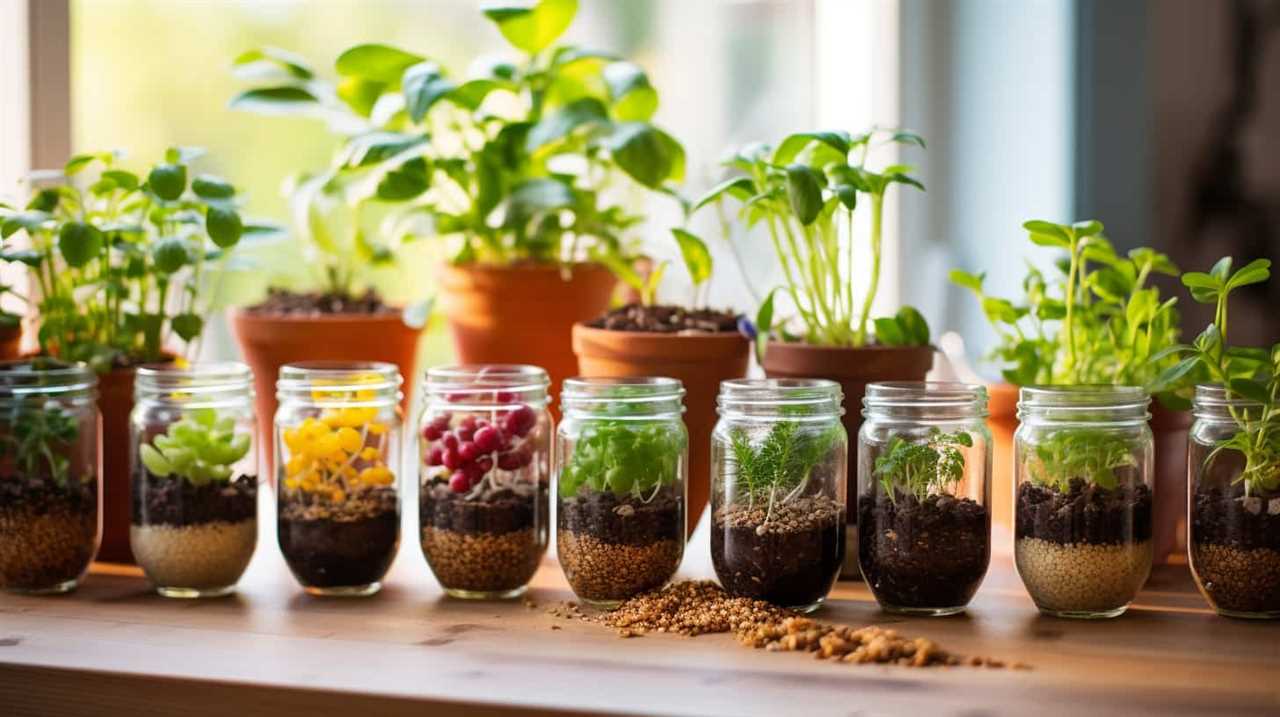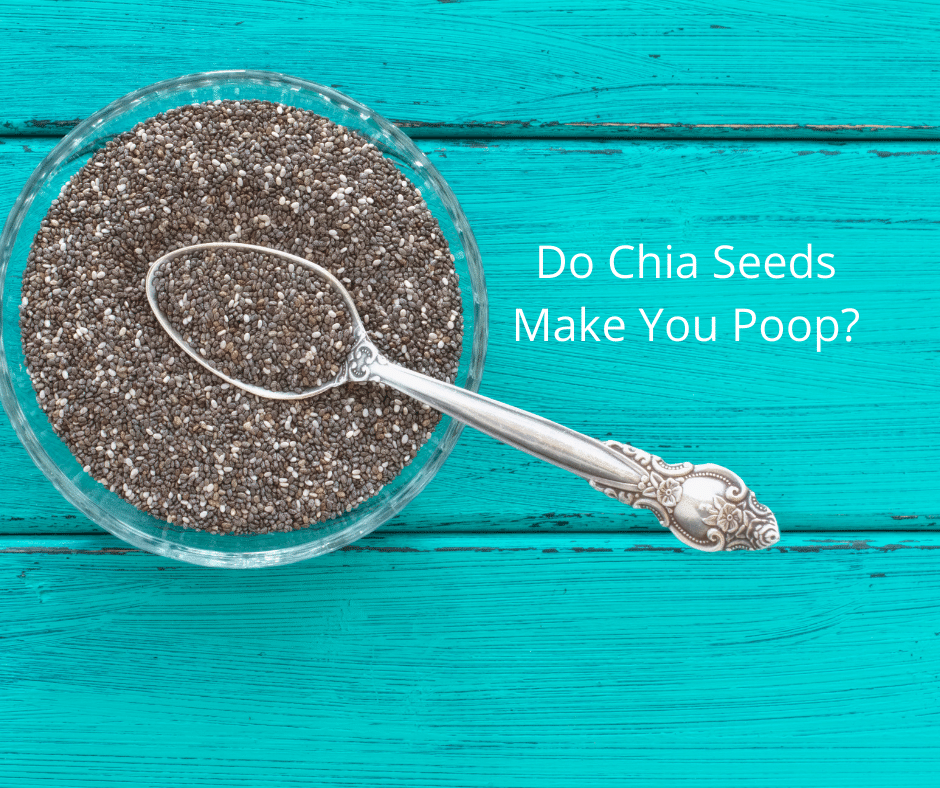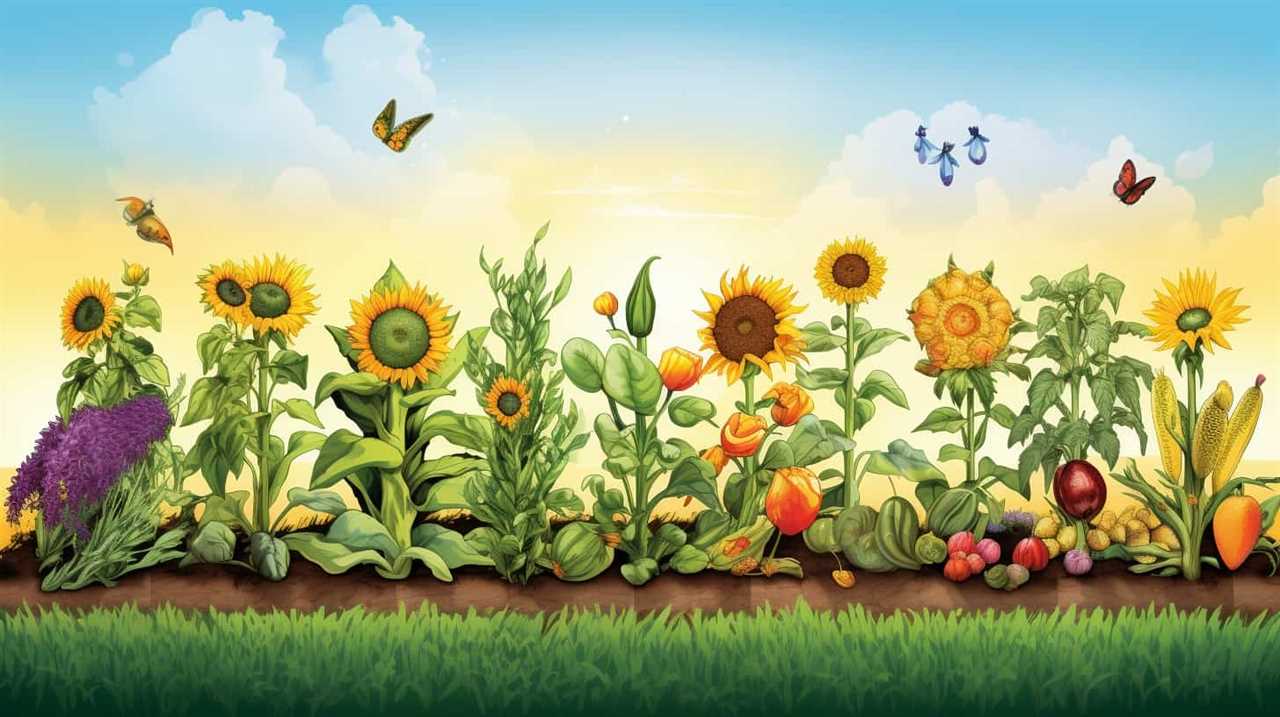As explorers setting out to map uncharted lands, we began an expedition to discover the leading strategies for effective seed collection.
Along the way, we discovered the secrets to preparing chia plants, timing the seed harvest for optimal yield, and selecting the right tools for extraction.
We also learned how to dry and store chia seeds for longevity and troubleshoot common challenges.
Join us as we share our experience and knowledge, empowering you to master the art of seed harvesting.

Key Takeaways
- Inspect chia plants for health and select the best ones for a successful harvest.
- Wait until chia seeds have fully developed and matured on the plants.
- Consider seed viability when choosing tools to minimize damage.
- Properly dry and store chia seeds for longevity.
Preparing the Chia Plants for Harvest
First, we carefully inspect the chia plants, selecting the healthiest ones to ensure a successful harvest. Maximizing chia plant productivity is crucial in our journey towards serving others with high-quality seeds.
To enhance seed quality through plant preparation, we implement a multi-step process. We start by providing optimal growing conditions, ensuring sufficient sunlight, water, and nutrients. We also monitor the plants closely, promptly addressing any signs of disease or pests.
Pruning is another essential step, allowing us to remove weak or damaged parts and redirect energy towards seed production. Additionally, we employ techniques such as foliar feeding and organic fertilizers to provide the necessary nutrients for robust seed development.
Timing the Seed Harvest for Optimal Yield
To maximize our seed yield, we carefully determine the optimal timing for harvesting the chia seeds. Timing plays a crucial role in maximizing seed quality and optimizing seed maturity.
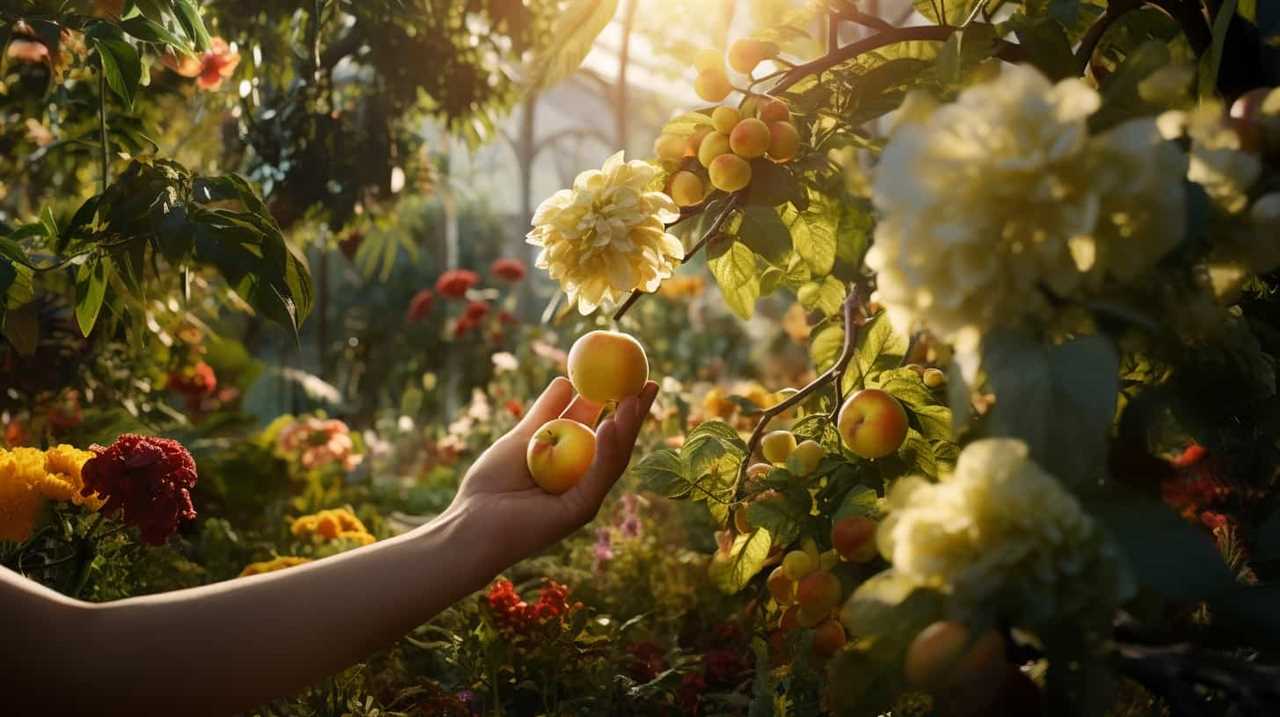
It’s important to wait until the seeds have fully developed and matured on the chia plants before harvesting. This ensures that the seeds have reached their maximum size and have accumulated all the necessary nutrients. Harvesting too early may result in smaller, immature seeds with lower germination rates. On the other hand, harvesting too late may lead to seed shattering and loss.
To determine the ideal harvest time, we closely monitor the plants and regularly check the seed heads for signs of maturity. We look for a change in color from green to brown, along with a dry and brittle texture. Additionally, we gently squeeze the seed heads to check for firmness. Once the seeds are firm and easily detach from the plant, it’s time to harvest.
Selecting the Right Tools for Seed Extraction
We carefully consider the tools needed to extract the seeds efficiently, maximizing our seed yield and ensuring the highest quality. Here are three important factors to consider when selecting the right tools for seed extraction:
-
Seed viability: Factors affecting seed quality – The tools we choose should be gentle on the seeds to minimize any damage that could affect their viability. Delicate seeds require tools with finer sieves or screens, while larger, hard-coated seeds may require tools that can handle more pressure.
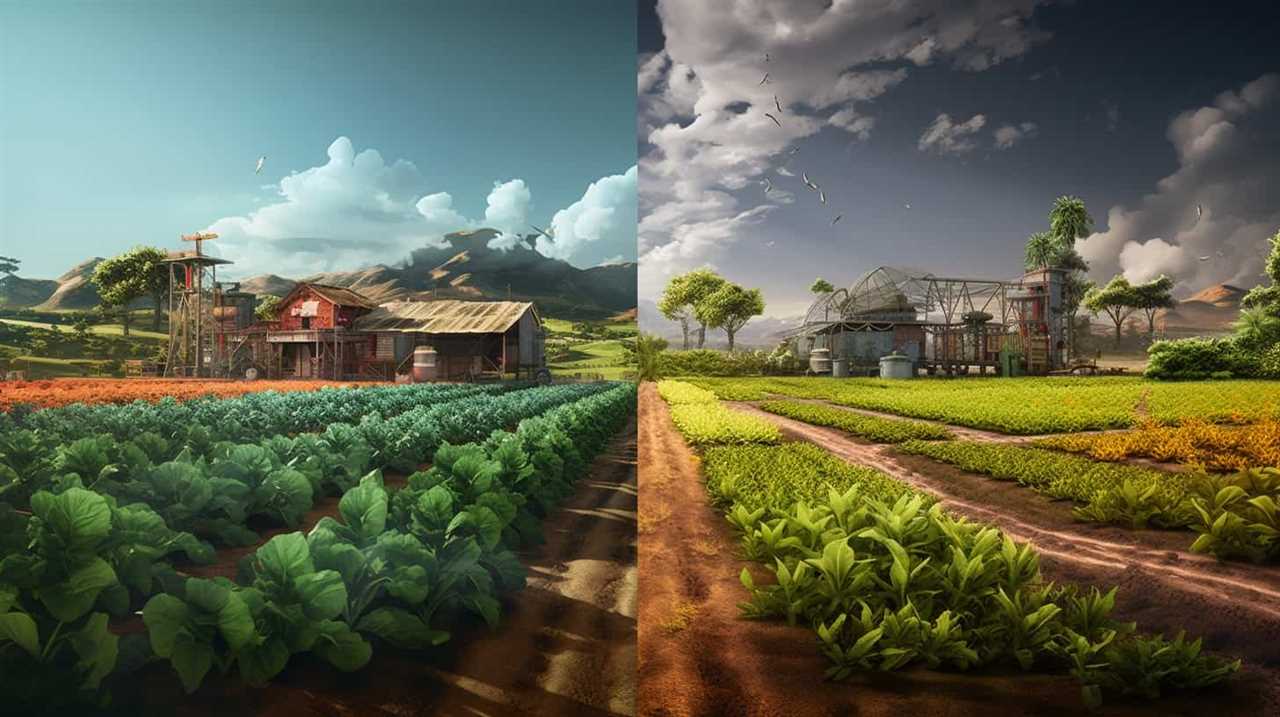
-
Manual vs. mechanical seed extraction techniques – Depending on the quantity of seeds we need to extract, we may opt for manual or mechanical techniques. Manual extraction allows for more control and is suitable for smaller quantities, while mechanical extraction is faster and more efficient for larger quantities.
-
Durability and ease of use – It’s important to choose tools that are durable and easy to handle. This ensures that we can extract seeds without any hassle or risk of damage to the seeds. Tools with ergonomic handles and adjustable settings can greatly enhance our seed extraction process.
Drying and Storing Chia Seeds for Longevity
Continuing our journey in successful seed harvesting, we focus on maximizing the longevity of chia seeds by discussing the essential process of drying and storing.
Properly drying and storing chia seeds is crucial to maintain their freshness and nutritional value for an extended period. After harvesting, spread the seeds in a thin layer on a clean and dry surface, preferably in a well-ventilated area. Allow them to air dry for about 24 hours until they feel completely dry to the touch.
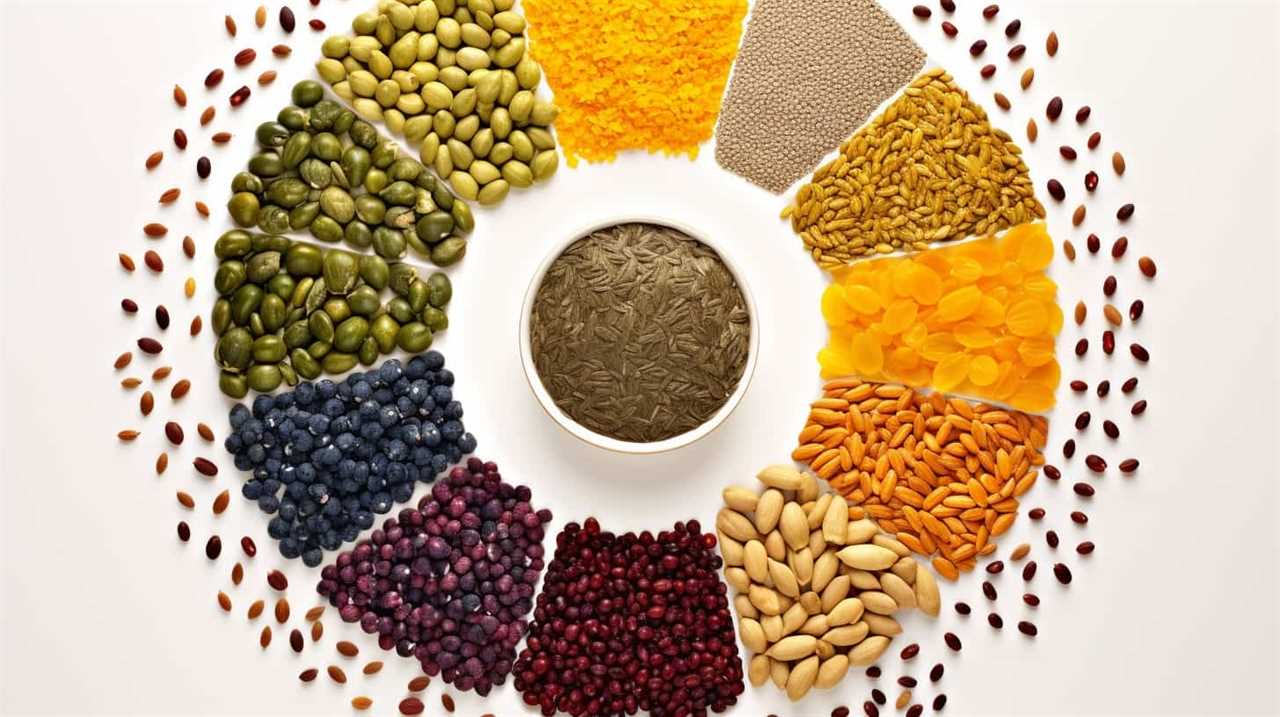
Once dried, transfer the seeds to an airtight container and store them in a cool, dark place away from direct sunlight and heat. This will help preserve their natural oils and prevent them from going rancid.
Troubleshooting Common Seed Harvesting Challenges
Addressing common challenges in seed harvesting involves identifying potential issues that may arise during the process and finding effective solutions to overcome them.
Here are three key challenges that seed harvesters often encounter, along with practical solutions to tackle them:
-
Maximizing seed purity: Maintaining seed purity is crucial to ensure the quality of your harvest. To prevent cross-pollination, consider planting different seed varieties at a safe distance from each other. Additionally, regularly inspect your plants for any signs of disease or pests that can contaminate the seeds.
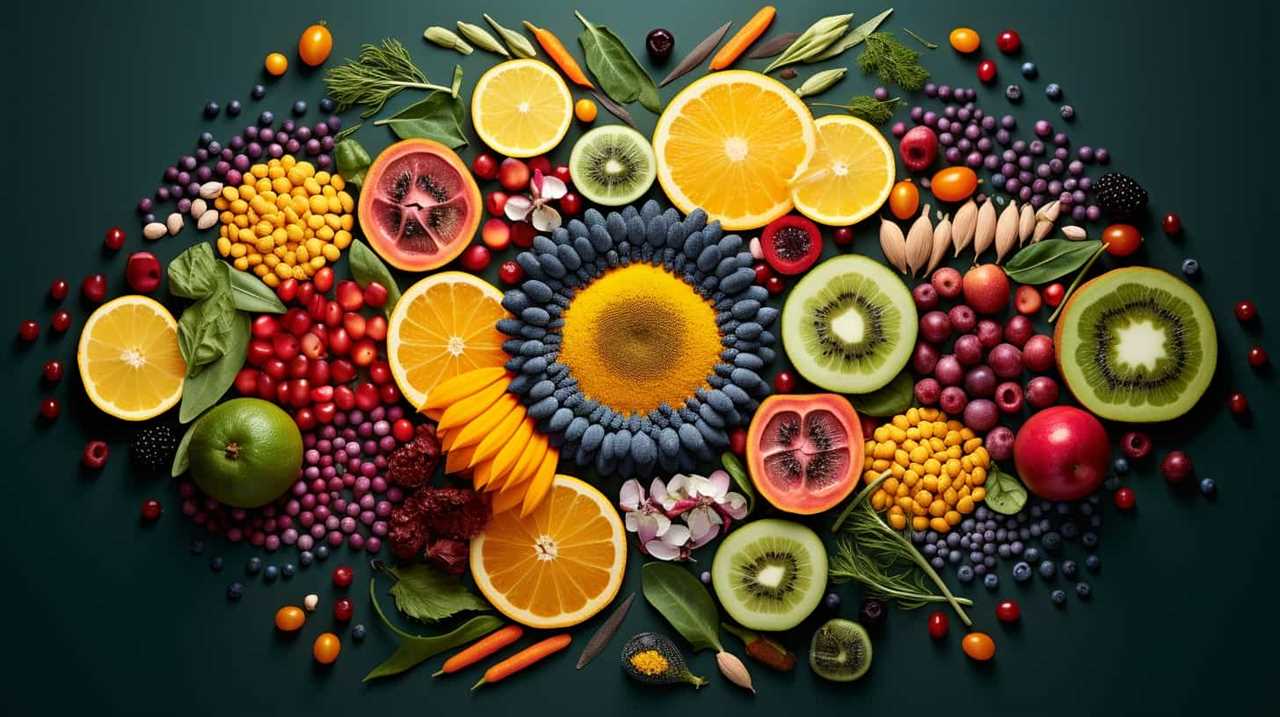
-
Resolving seed damage issues: Seed damage can occur due to various factors such as improper handling, insect infestation, or unfavorable weather conditions. To minimize damage, handle the seeds with care during harvesting and post-harvesting processes. Use appropriate storage containers and techniques to protect the seeds from moisture, heat, and pests.
-
Ensuring seed viability: It’s essential to harvest seeds at the right time to ensure their viability. Research and understand the specific requirements for each plant variety, including the optimal maturity stage for seed harvesting. Properly dry and store the seeds in suitable conditions to maintain their viability for future use.
Frequently Asked Questions
How Long Does It Take for Chia Plants to Reach Maturity and Be Ready for Harvest?
Chia plants typically take 90-120 days to reach maturity and be ready for harvest. Understanding the different growth stages and identifying the ideal harvesting time is crucial for successful seed harvesting.
What Are the Signs That Indicate Chia Plants Are Ready for Seed Harvesting?
When chia plants reach maturity, signs like yellowing leaves and dried flower heads indicate they’re ready for seed harvesting. Techniques like gently shaking the plant or using a paper bag can help collect seeds efficiently.
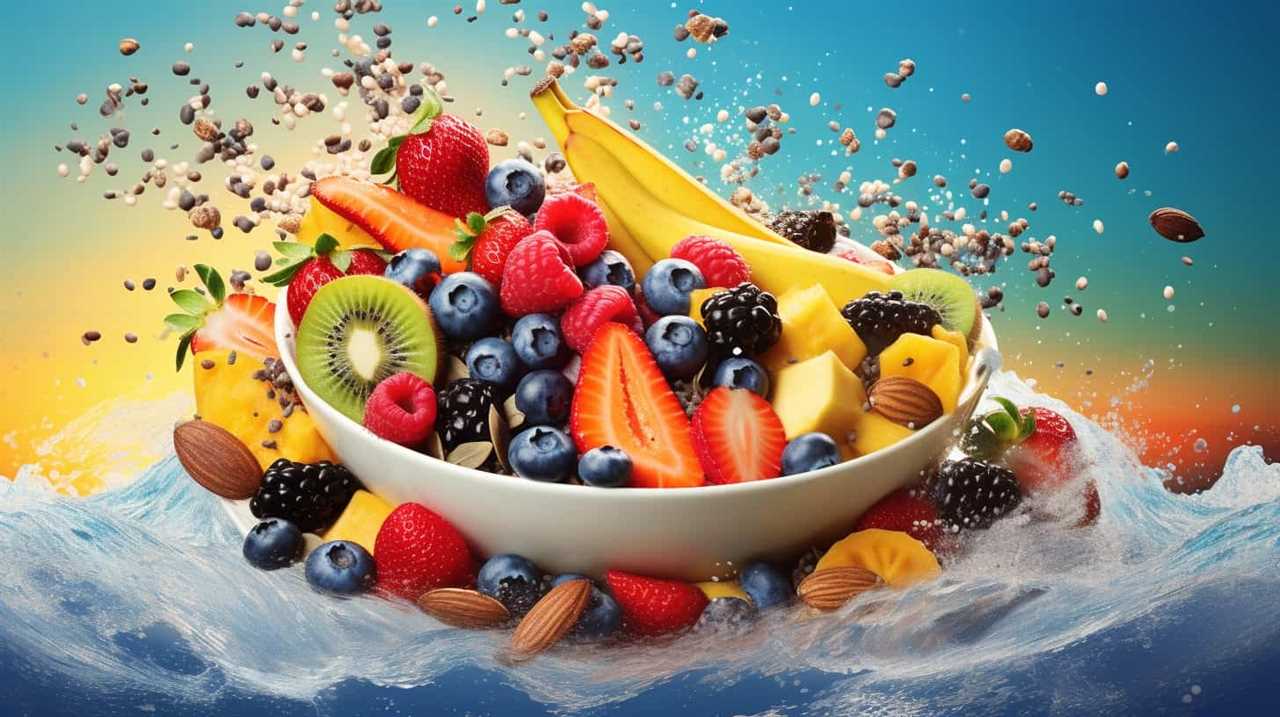
Can Chia Seeds Be Harvested and Stored for Future Planting?
Yes, chia seeds can be harvested and stored for future planting. Harvesting and properly storing chia seeds not only ensures a fresh supply for future use but also allows us to enjoy the many health benefits they offer.
Are There Any Specific Environmental Conditions That Are Important for Optimal Chia Seed Yield?
For optimal chia seed yield, specific environmental conditions are important. We’ve found that factors like temperature, humidity, and soil quality play a crucial role in successful seed harvesting.
What Are Some Common Mistakes to Avoid During the Chia Seed Harvesting Process?
Common mistakes to avoid during chia seed harvesting include harvesting seeds too early, not properly drying them, and storing them in improper conditions. These mistakes can impact seed quality and viability.
Conclusion
In conclusion, our journey of successful seed harvesting has taught us valuable techniques for maximizing yield. One interesting statistic to highlight is that properly timed seed harvests can result in up to 30% higher crop yield.
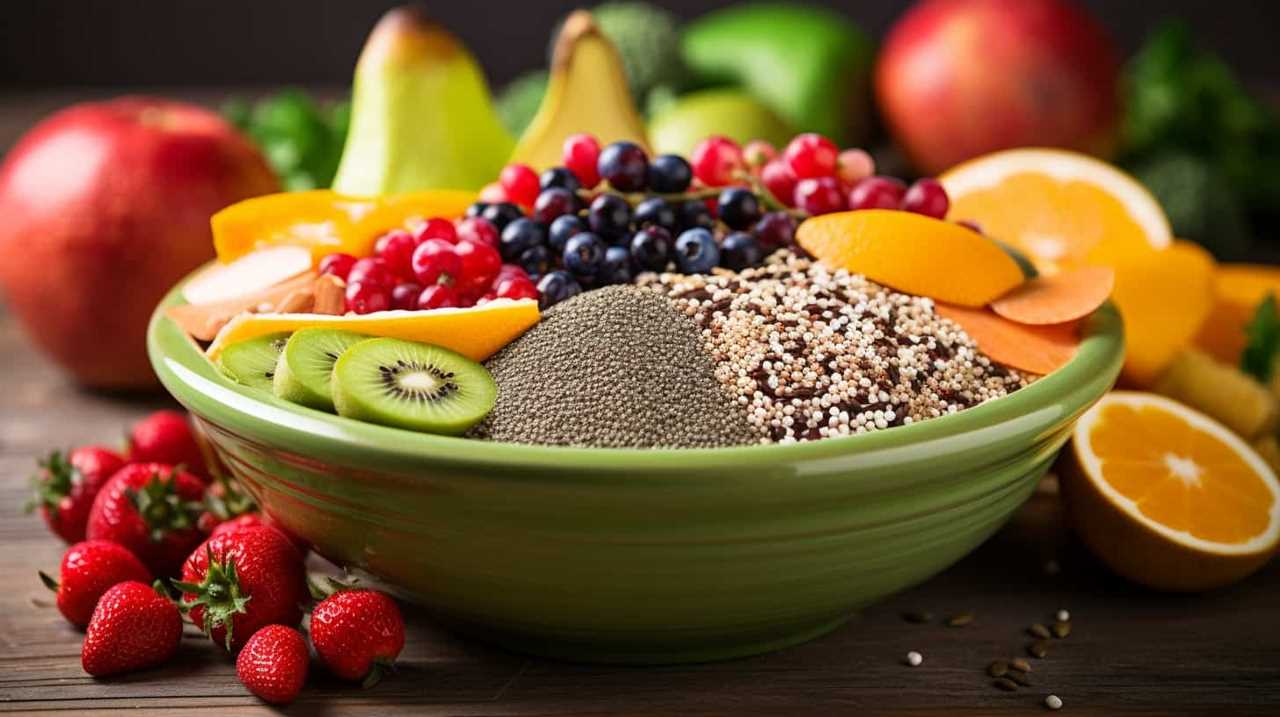
By carefully preparing the plants, selecting the right tools, and ensuring proper drying and storage, we’ve been able to overcome common challenges and achieve optimal results.
With these techniques, anyone can enjoy a bountiful harvest of chia seeds for long-term use.



